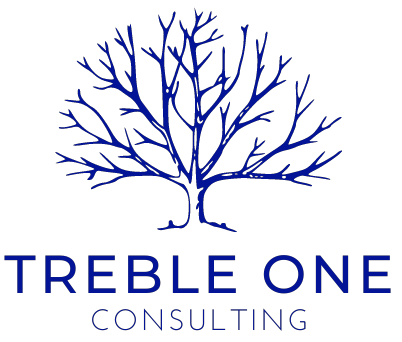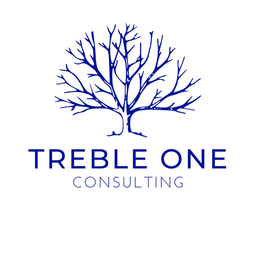Industry Agnostic
Enterprise and Solutions Architecture is a product that is not tied to one industry domain. We adapt the various frameworks (DoDAF, MoDAF, NAF, UAF, TOGAF, SoSAF)
The domain-agnostic nature of enterprise and solutions architecture means that it offers a set of versatile tools, principles, and methodologies that can be adapted to suit the needs of various industries and contexts.
This adaptability is a significant advantage, as it allows organisations to leverage architectural best practices to improve efficiency, effectiveness, and innovation, regardless of their specific domain or field of operation.
Sectors we work in
Below are some of the sectors we work across but this is only a sample of where enterprise and solutions architecture can be applied
Treble One have the correct skills and tools combined with an agile approach to build the architectural solution.

Finance
Working with the finance industry enabling organisations to design, build, and maintain complex financial systems that are secure, efficient, compliant, customer-centric, and capable of adapting to the rapidly changing landscape of the financial sector.

Manufacturing
Highly beneficial for the manufacturing industry. Treble one helps manufacturers streamline their operations, manage resources efficiently, ensure product quality, comply with regulations, and adapt to the ever-changing landscape of manufacturing technology and business practices.

Energy
From oil and gas, green energy solutions, through to nuclear, Treble One supports the energy sector's goals of reliability, sustainability, and efficiency while navigating the challenges and opportunities unique to this industry

Defence & Security
Treble One's work in the defense sector reflects our unwavering commitment to excellence. Treble One has a proven track record of delivering high-performance, secure, and adaptable solutions compliant to the NATO Architecture Framework (NAF).

Health Care
Our team of highly skilled architects and engineers specialises in crafting tailored enterprise and solutions architecture solutions that align seamlessly with the dynamic and intricate nature of healthcare. We focus on enhancing efficiency, data security, and patient care through our innovative approaches

Infrastructure
Working with the infrastructure developers, planners, and policymakers Treble One facilitates with their mission to create safer, more sustainable, and efficient communities. With a strong track record of delivering secure, adaptable, and high-performance enterprise and solutions architecture products across complex programmes.
Why enterprise and solution architecture is considered domain-agnostic
Universal Methodology
Enterprise and solutions architecture provides a universal methodology for designing, structuring, and managing complex systems, regardless of the specific industry or domain. It focuses on principles, processes, and best practices that are broadly applicable.
Risk Management
Architectural frameworks include risk management strategies that are applicable to different industries. These strategies help identify and mitigate risks in a domain-agnostic way.
Flexibility and Adaptability
Architectural principles and techniques are flexible and adaptable. They can be applied to diverse areas such as healthcare, finance, manufacturing, or government. The same architectural concepts, like layers, components, and interfaces, can be used with slight adjustments to suit the specific context.
Interoperability
Domain-agnostic architecture promotes interoperability between different systems and domains. By using standard architectural practices, it becomes easier to integrate and communicate between systems from different fields.
Abstraction
Architectural frameworks use abstract concepts and generalisations that can be tailored to specific domains. They provide a high-level structure that can be customised to fit the unique requirements of different industries.
Modularity
A key aspect of architecture is modularity, which involves breaking down complex systems into smaller, manageable components. This modularity is valuable in any domain to simplify the design, maintenance, and scalability of systems.

